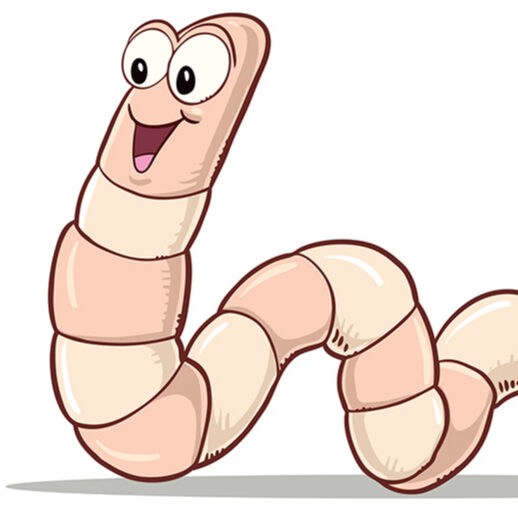This week’s blog is all about worms and worming. It’s a hard one to get right especially with the loss of clear seasons and the timings of when to worm. As most of you who know me will probably realise, I tend to bang on about pasture management and worm egg counts. Pasture management for worm burdens can be carried out in many ways; such as mixed grazing, rotation of paddocks and poo picking.
Mixed Grazing: This is when you use other herbivores (such as cattle or sheep) to graze the ground either before the horses are put onto it or straight after. This effectively stops the worm egg cycle and doesn’t allow the larvae to become sexually fertile adults. Therefore it stops the life cycle due to the use of these dead end hosts. However, not every horse owner has access to, or the land size available for grazing to allow this to be practical.
Rotation of Paddocks: This used to be the tried and tested method that worked well when we had clearly defined seasons, as the cold of the autumnal and winter months and the heat of the summer killed off the worms and worm eggs present in the feacal matter of the horses grazing the ground, when the paddocks were left ungrazed. Unfortunately with climcate change and the blurring of seasons this is no longer a viable option for worm control as our winters are not cold enough for prolonged periods of time and whilst we have the odd few warm weeks in summer, the temperatures aren’t mainatined at a high enough level for long enough to kill the worms or eggs.
Poo Picking: This is probably the most successful method currently available to us. You should be daily poo picking to ensure there is limited numbers of eggs on the pasture and therefore minimal chances of horses ingesting them. Poo picking is best done manually as it minimises soil disturbance (which can be linked to Grass Sickness outbreaks). Though there are many products on the market to do this job.
We vets talk a lot about worms being in “refugia”. This term means that we want your horses to have a small but susceptible population of worms and worm stages in their gut. This means that horses share a symbiotic relationship with several varieties of internal parasites. In small numbers, this relationship is both normal and healthy. The parasites gain a host that enables them to mature and perpetuate their life cycle, while the horse obtains a measure of resistance to further parasitic infection.
It is thought that 80% of worms live in 20% of the horse population. If this is broken down further it is those who are immune compromised due to age (those under 3 years) or those with underlying health issues (such as Cushings). It is this “at risk” population that can have bouts of diarrhoea and colitis which can be detrimental/incapacitating and in some cases fatal.
The clinical signs of a heavy worm burden include repeated bouts of colic, diarrhoea, a pot bellied appearance, a rough coat, and/or high worm egg count (depending on the time of year). We firmly believe that all horses should be worm egg counted from Feburary to September and wormed with the right wormer at the right time. We are more than happy to discuss worm egg counts with yourselves throughout the year and advise on which wormer is best depending on your result.
We would strongly advise worming any equine over 6 months of age with equest pramox over the winter months. It should be a one off dose for body weight and we are more than happy to discuss preventative health care with yourselves at any stage.

